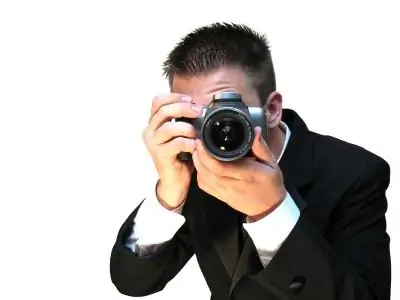Although the word "photography" uses the Greek root "phos" - "light", many cameras are capable of shooting in the dark. But for this you still need to use some light sources, for example, a flash, and additionally change the settings of the device.

Instructions
Step 1
The flash or other light source should fire at the same time as the camera or a fraction of a second before the picture is taken. However, keep in mind that the built-in flash often distorts hues and makes transitions too harsh. Use the external one by placing it on the side of the machine. This is especially useful when photographing people.
Step 2
Increase exposure metering. This will allow the camera to capture more light.
Step 3
Set the sensitivity to light (ISO) no more than 100, otherwise noise will appear in the picture. Color fidelity may deteriorate, but ripples are much more difficult to deal with than this problem.
Step 4
Increase shutter speed. For a longer period of time, the device will catch more light, and the moving parts of the composition will create an interesting effect.
Step 5
Use a tripod. You will not be able to hold the camera for a long time, as a result, sharpness will suffer. A tripod excludes this possibility, the picture will be quite sharp. Any level surface will work in place of a tripod.
Step 6
Some cameras (more often amateur ones) have a “night shooting” mode. Use it, it already has settings for light sensitivity, exposure and shutter speed.






